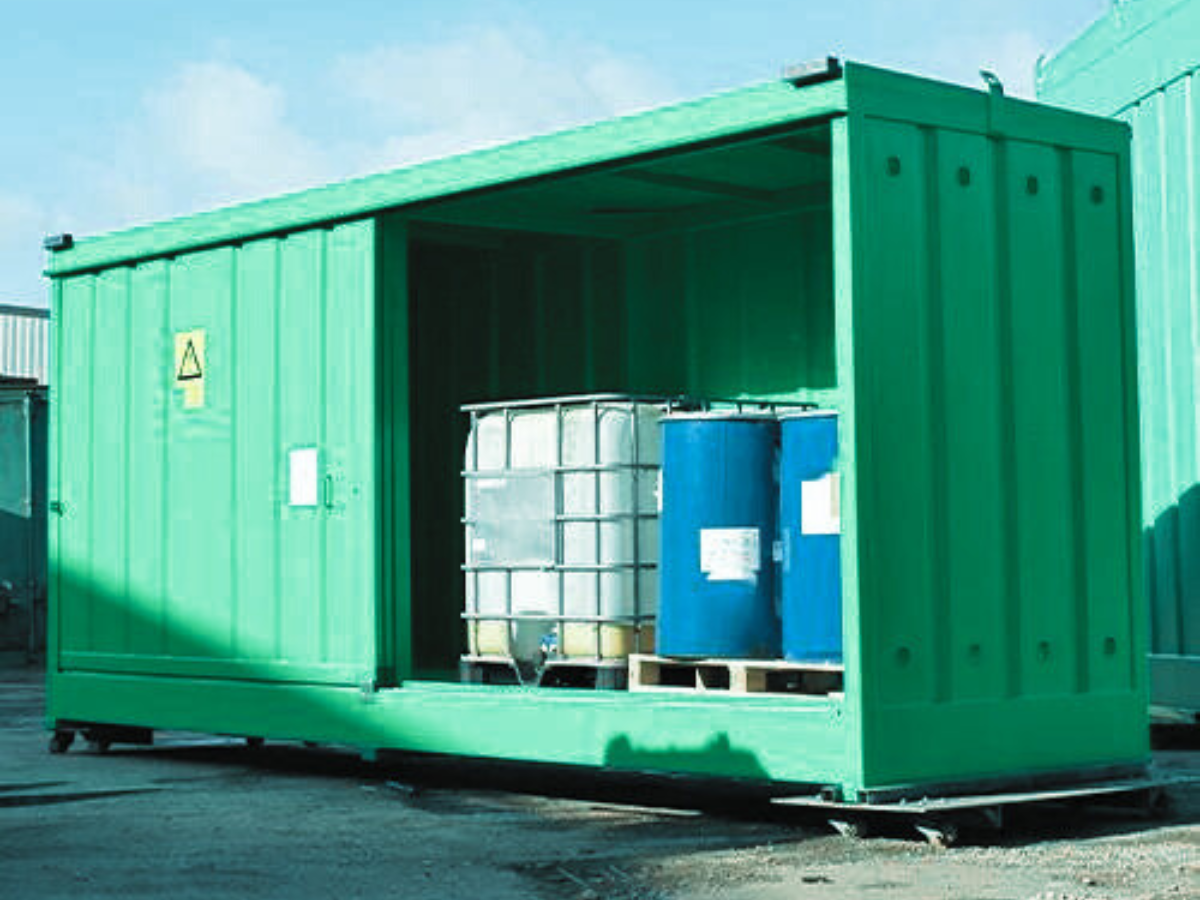Managing hazardous substances comes with significant responsibility, and ensuring proper spill containment is crucial for both safety and environmental protection. Whether in a factory, warehouse, or lab, choosing the right spill containment product is essential to prevent leaks, spills, and the associated risks. For businesses operating in the UK, compliance with environmental and safety regulations adds another layer of complexity. Here's a guide to help you choose the right spill containment solution for your needs.
1. Assess Your Specific Needs
Start by understanding your facility’s specific requirements. Factors to consider include:
- Type of Liquid: Different types of liquids, such as oils, chemicals, or fuels, require different containment solutions. For example, corrosive substances need spill containment made from chemical-resistant materials like polyethylene.
- Volume of Liquid: How much liquid are you storing? For large volumes, you'll need a containment product with a high capacity to safely manage leaks or spills.
- Frequency of Spills: Is your spill containment requirement for day-to-day operations, or are you preparing for rare emergency situations? The answer will help you decide between permanent and portable solutions.
- Location: Will the containment system be used indoors or outdoors? Outdoor locations in the UK can be subject to rain, wind, and cold, so weather-resistant products are necessary.

In the UK, businesses handling hazardous substances must comply with several regulations designed to protect both people and the environment. These include:
- Control of Pollution (Oil Storage) Regulations (2001): This requires secondary containment (e.g., bunds or drip trays) for oil storage containers with capacities greater than 200 litres.
- Environment Agency’s Pollution Prevention Guidelines (PPGs): Although the official PPGs have been withdrawn, their guidance is still widely followed. These include recommendations for the safe storage of chemicals and liquids.
- COSHH Regulations (Control of Substances Hazardous to Health): These regulations require you to prevent or control exposure to hazardous substances in the workplace, which includes effective spill containment systems.
It's essential to ensure that your spill containment solutions meet the requirements set out in these regulations. Non-compliance can result in significant fines and environmental harm, especially if spills enter drains or waterways.
3. Different Types of Spill Containment ProductsThe UK market offers a wide range of spill containment products, each suited to different needs:
- Spill Pallets: These are ideal for storing drums and containers. Spill pallets are often used for bulk liquid storage and ensure any leaks are safely contained. For example, oil and chemical spill pallets are commonly used to comply with the Oil Storage Regulations.
- Spill Berms: If you're dealing with large volumes of liquid or need a solution for outdoor use, spill berms can provide temporary or permanent containment. They create a barrier around vehicles, machinery, or large containers.
- Spill Kits: Spill kits are portable and easy to use, making them suitable for facilities that need quick responses to small or incidental spills. They come in a range of sizes and can include absorbents and booms
- Bunds and Drip Trays: These are used as secondary containment solutions, particularly for containers or equipment that could leak. Bunds should have sufficient capacity to hold 110% of the stored liquid, as required by UK regulations.
- Absorbent Materials: Socks, pads, and booms are absorbent materials that can be placed around a spill to prevent it from spreading. They are ideal for cleaning up small spills and can be part of an overall spill response kit.

The type of material used in your spill containment system must be compatible with the liquid you're managing. For example, polyethylene is resistant to a wide range of chemicals, making it a popular choice for chemical spill pallets. However, it’s essential to verify whether the containment material can safely hold the liquids without degrading or corroding over time.
In the UK, where industries handle a variety of substances ranging from oils to corrosive chemicals, choosing the right material is critical for preventing leaks and spills.
6. Permanent vs. Portable SolutionsConsider whether your facility needs permanent or portable spill containment systems.
- Permanent Solutions: These are ideal for long-term use, such as bunded areas or spill pallets for storage. They provide robust and reliable containment for ongoing operations.
- Portable Solutions: Portable spill kits, mats, and booms are better for locations where spills are rare or temporary containment is needed. These products are quick to deploy and can be moved around as needed, making them useful for emergency response.

In an emergency, you don’t want to waste time setting up complex containment systems. Choose products that are easy to install, use, and maintain. For example, spill kits should be placed in accessible locations, and bunds or spill pallets should be regularly inspected to ensure they are free from damage and functioning properly.
Spill containment systems that are difficult to use may be ignored in the heat of the moment, leading to dangerous situations. Ensure your staff is trained on how to deploy the containment products and how to maintain them effectively.
7. Cost ConsiderationsWhile price is always a factor, don’t focus solely on the cheapest option. Investing in a high-quality spill containment system will pay off in the long run by reducing the risk of environmental damage, fines, and clean-up costs. Some containment systems, such as bunded pallets or permanent berms, might have higher upfront costs but offer long-term protection and peace of mind.
8. Seek Expert AdviceIf you’re unsure which spill containment products are right for your needs, contact us today and we’ll help ensure you choose a solution that meets both your operational needs and legal obligations. Our team of experts is ready to assist you in finding the most effective and compliant spill containment system for your business, helping you protect your workforce, your facility, and the environment.

Share:
National Wildlife Day: Safeguarding Our Waterways and Wildlife
What Are Spill Kits, and How Are They Used?